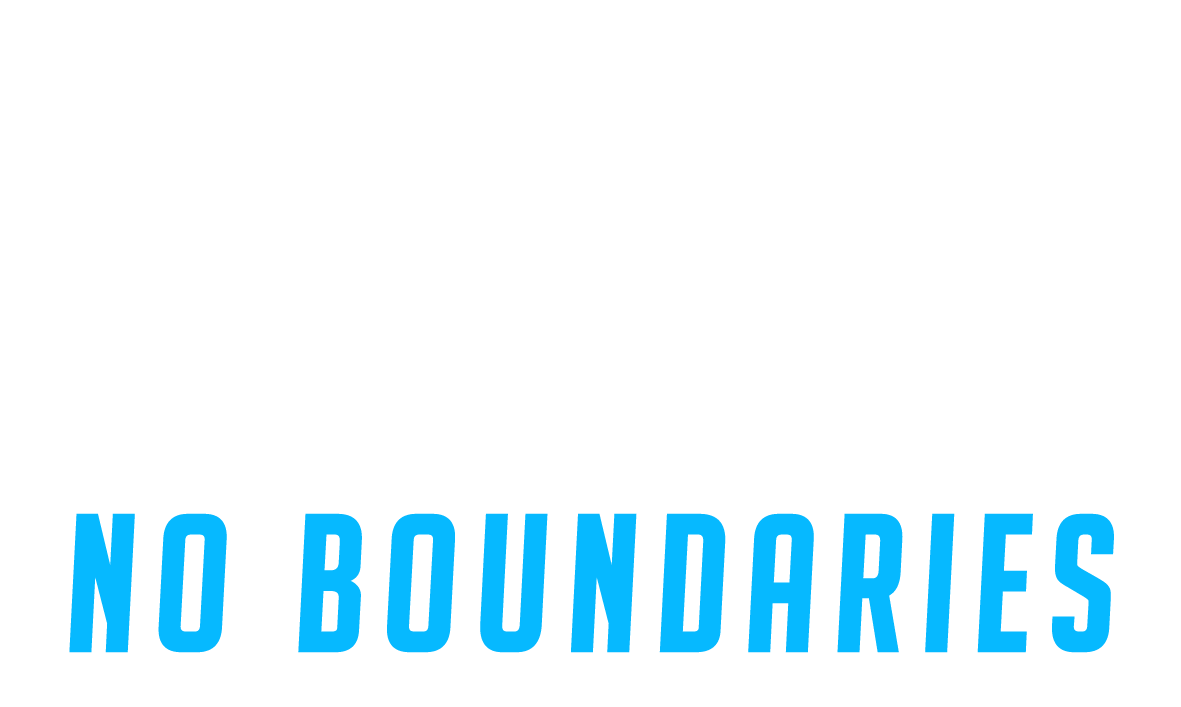Bouldering Grades: Everything You Should Know
Recently, more and more people have been considering bouldering as a sport or leisure activity. While experiencing for the first time the joys of climbing, some people might be surprised to discover the concept of bouldering grades.
Different grades of difficulty will help new or experienced climbers guide themselves through the climbing path, deciding which route – or problem, as it is known – to face according to their confidence and physical capabilities. However, who defines bouldering grades? How can you interpret them, and what should you consider when following a bouldering path?
This article will explore what bouldering grades are, how they are defined, and how you can use them to guide your bouldering activities.
What are bouldering grades?
Photo by Mike Kotsch on Unsplash
Bouldering grades are a combination of letters and numbers that indicate the level of difficulty in a bouldering problem.
Grades can be used both in indoor and outdoor activities. For people who are just starting to adventure themselves in the world of climbing, it might be a surprise that different countries use different bouldering grade systems.
Depending on where you are in the world, you might find a V Scale or a Font Scale, and each country classifies its V or Font Scale according to its own system. Countries like the United States, China, Australia, Brazil and Argentina usually have their grading on a V Scale. In contrast, most countries in Europe and Russia, South Africa and Peru follow the Font Scale.
No matter the method used, bouldering grades are essential to help climbers assess what lies ahead.
V Scale
Straightforwardly, the V Scale classified bouldering problems with the letter V and a number. The higher the number, the more complex the problems.
Boulderer Joh Sherman created the scale in the 1980s. While exploring mountains in the US, Sherman found ungraded problems and developed the system himself. For that reason, the scale is prevalent in North and South America.
With no limit as to how high the scale can go, difficult levels start at V0. In some cases, people might come across a VB classification, meaning it is suitable for beginners and even easier than a V0 problem. Sometimes, climbing gyms or problems across the world can add a “+” or a “-” to a classification, indicating a slightly higher or lower level of difficulty.
V Scale is currently maxing out at V17. Even though it is possible to go higher on the scale, the most difficult climbing experience currently available is a V17, and in climbing gyms, it is rare for problems to be more complex than a V10.
A letter “s” or “h” after the number can also indicate how much more difficult or easy a problem is in the “scale spectrum”. “S” stands for soft and means the problem is slightly more accessible, while an “h” stands for hard and is of increased difficulty.
Font Scale
A bit harder to interpret, the Font Scale was developed in the bouldering forest of Fontainebleau, in France. It is the most commonly used bouldering grading system in Europe and Asia.
Like the V Scale, the Font Scale uses numbers to indicate different difficulty levels. However, the Font Scale starts at F3, with the hardest currently being F9A. Once a route gets more complicated, the scale begins to add other letters or a “+” to indicate a more significant challenge. Therefore, a 6A problem is more accessible than a 6C.
Why understand bouldering grades?
Understanding and assessing bouldering grades is advantageous when looking for more significant challenges or considering exploring new adventures.
Imagine you are used to practising bouldering in a gym and feel you are ready to face an outdoor route. Before choosing where to go and deciding what you want to see, you should consider the level of difficulty you are used to. If you can go all the way up to a V7 problem on a V Scale indoors, it is worth dropping your grade when you head outdoors. Although outdoor grades are not necessarily more difficult, it is a very different style of climbing. It’s always worth dropping your grade when you head outdoors for the first time. Once you are more comfortable with your surroundings and understand the differences in climbing styles and the risks involved, you can increase your grades.
The scales will also help you make plans when changing gyms or travelling abroad, where you won’t be used to the style of climbing or rock type.
How to convert grades
As discussed, different countries use different scales and grades. Before tackling a problem in a foreign country, check the conversion table below to make sure you are up to the challenge.
It is also important to note that difficulty levels indoors will be very different from your experience outdoors. According to bouldering experts, what is a V3, or 6a at a gym might feel easier than a V1 or F5 outdoors. You might be used to grades that are a bit higher in a controlled environment, with coloured paths, but you will have a much harder time at a mountain, having to rely on your own route reading skills.
For that very reason, facing much more difficult challenges is not recommended when taking the sport out to the rocks. Not only will the climb be harder, but variables such as the weather and textures can present an extra challenge.
How are grades determined?
Photo by cottonbro studio
You might have guessed that bouldering grades are not as scientific as the name suggests. The difficulty of a problem is something that is very subjective and usually decided by the first person who climbs it. Once more people have tried it, the grade may be amended if it is deemed too hard or easy. What is an easy path for some might be an extremely difficult challenge for others.
For that reason, the climbing community follows a few guidelines when grading problems. The classifications must consider what techniques are necessary to climb, how long or sustained a problem is, how it compares to other routes and problems nearby and how it compares to different problems assessed by the community.
A problem will be graded by the first person who climbs it. Grades are then registered in a guide, which will provide relevant information for future climbers and adventurers.
Final thoughts
Bouldering grades are an essential tool for climbers of all levels. They provide guidance and orientation to determine what will be challenging and what can be easy.
Both the V and Font scales can be used to assess what a beginner or expert will be willing to face, practising the sport all over the world and enjoying many different gyms. The scales can be applied to both indoor and outdoor problems.
If you are passionate or at least interested in bouldering, studying the grades and what they indicate is a great way to start a climb.




